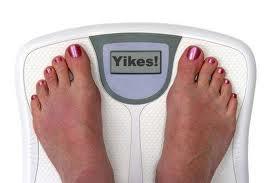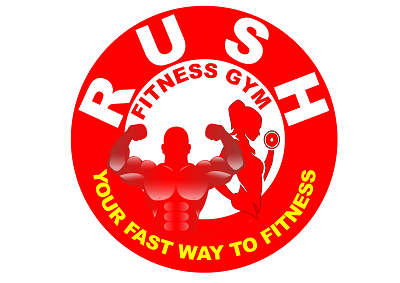...prven tricks to boosting your fat loss and and getting in the BEST shape of your life!..
 Have you absolutely made a 180 on your diet and exercise program to try to get rid of that last 10 pounds?
Have you absolutely made a 180 on your diet and exercise program to try to get rid of that last 10 pounds?
Is it harder than you think to lose those last few pounds?
This is a common tale told by weight loss seekers around the world. They have changed their complete lifestyle to include healthy eating habits and a well-structured fat-torching exercise program.
Yet, they still have those last few pounds to lose…
Or there is STILL a slight pouch on their lower belly!
What is one to do? Well, you should probably start including some of these tips…
The 3 Tips For Those Last 10 Pounds
Look, everyone who has “dieted” or changed their lifestyle to lose weight has struggled with losing those last few pounds.
It can literally stare you in the face when get up in the morning…
Or get out of the shower…
…or when you’re trying on new clothes.
But, if you include these THREE tips, then you may be able to kiss those last few pounds goodbye!
1. Boost Your Fiber (but not too much!)
There may be a problem happening inside your belly right now. And that problem may be causing you gas, bloating, and a little bit of extra puffiness around your belly.
.jpg) This could signal that you have some issues with your digestive system…
This could signal that you have some issues with your digestive system…
…or that you simply aren’t eating enough fiber!
Fiber is a key nutrient that is needed for improving digestive health AND losing fat.
It is recommended that you take in 25 to 30 grams per day, which can be done by including more fiber-rich foods into your diet, like fruits and vegetables.
But, don’t go nuts right away! Too much fiber may also lead to digestive stress such as cramping and gas. So if you’re not currently taking in a lot of fiber, start slow, and watch the weight slowly come off!
2. Pick Up Heavy Weight, Put Down…Repeat
If you aren’t including strength training into your workout, you really should be!
Strength training may boost your lean muscle mass, therefore adding significant advantages to your metabolism.
Adding some lean muscle mass may boost your metabolism and give you a leaner, toner look.
3. Step Up Your Exercise Program
Now, speaking of exercise, including strength training is a great piece to the puzzle. But, if you really want to burn fat, then you need to step up your game.
Get out of the boring cardio routine and include some interval training.
 Not only does interval training expend MORE calories than cardio alone, but you may also burn even more after the workout is over.
Not only does interval training expend MORE calories than cardio alone, but you may also burn even more after the workout is over.
This effect – called the afterburn effect – is when your body increases oxygen consumption in order to return it to its pre-exercise state - or its resting state.
Now, depending on the intensity and duration of the workout, you could expect to see increased oxygen consumption – and possible calorie burn – for anywhere been 30 minutes and 72 hours.
Including a little bit of interval training may lead to increased calorie burn and even more fat loss.
It’s About Time To Lose That 10 Pounds
Look, you have done a great job so far losing the fat and keeping it off. But, if you’re like most people, then you have a little padding or you may have a little bit more weight that is struggling to come off!
That’s why including these three tips could help you out tremendously!
Not only are they simple to implement, they may go a long way to improving your gut health, boosting your metabolism, and increasing some metabolism-boosting lean mass.
The final result may be a lean and toned body for the months ahead! Go ahead, your metabolism, body, and fat loss will thank you for it!
Don't forget to share and like this post!

